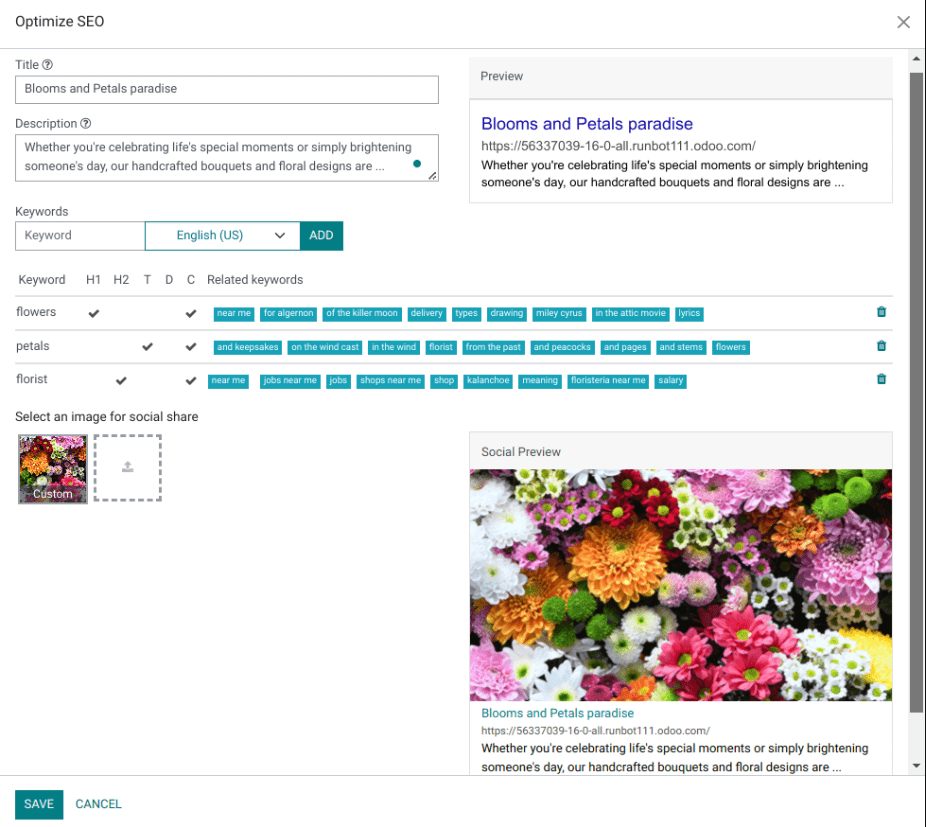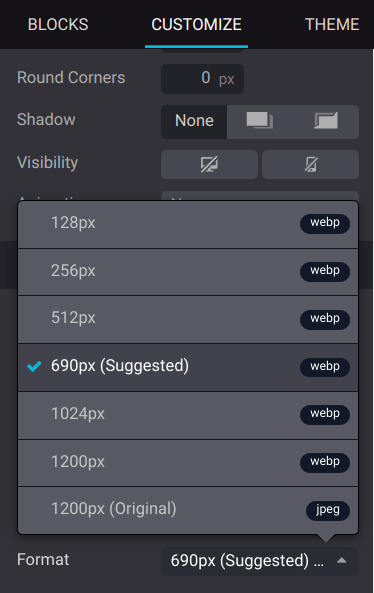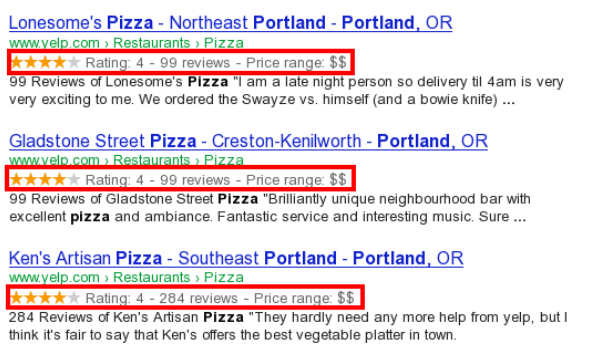Search Engine Optimization (SEO)¶
Search Engine Optimization, often abbreviated as SEO, is a digital marketing strategy to improve a website's visibility and ranking in search engine results (e.g., in Google). It involves optimizing various elements on your website, including its content, social sharing, URLs, images, and page speed.
Note
Content optimization¶
To optimize a webpage's SEO, access the page, then go to .

คำสำคัญ¶
Keywords are one of the main elements of SEO. A website that is well optimized for search engines speaks the same language as potential visitors, with keywords for SEO helping them to connect to your site.
คุณสามารถป้อนคีย์เวิร์ดที่คุณคิดว่าจำเป็นลงในช่อง คีย์เวิร์ด และคลิก เพิ่ม เพื่อดูว่ามีการใช้คำหลักเหล่านี้ในระดับต่างๆ ในเนื้อหาของคุณอย่างไร (H1, H2, ชื่อหน้า, คำอธิบายหน้า, เนื้อหาหน้า) และการค้นหาที่เกี่ยวข้องใน Google นอกจากนี้ เครื่องมือนี้ยังแนะนำคำหลักที่เกี่ยวข้องเพื่อเพิ่มปริมาณการเข้าชมเว็บไซต์ของคุณ ยิ่งมีคำหลักปรากฏบนเว็บเพจของคุณมากเท่าไรก็ยิ่งดีเท่านั้น
Tip
It is strongly recommended to only use one H1 title per page for SEO.
รูปภาพ¶
The size of images has a significant impact on page speed, which is an essential criterion for search engines to optimize SEO ranking.
Tip
Compare how your website ranks using Google Page Speed or Pingdom Website Speed Test.
Odoo จะบีบอัดรูปภาพที่อัปโหลดโดยอัตโนมัติและแปลงเป็น Webp ด้วยรูปแบบไฟล์นี้ รูปภาพจะมีขนาดเล็กลง ซึ่งช่วยเพิ่มความเร็วในการโหลดหน้าเพจ และส่งผลให้มีอันดับที่ดีขึ้นใน SEO รูปภาพทั้งหมดที่ใช้ใน Odoo official themes จะถูกบีบอัดตามค่าเริ่มต้น หากคุณใช้ธีมของบุคคลที่สาม ธีมดังกล่าวอาจมีรูปภาพที่ไม่ถูกบีบอัดอย่างมีประสิทธิภาพ
To modify an image from your website, select the image, click Edit, then go to the Customize tab, and adapt the Format in the Image section.

Important
แท็ก alt ใช้เพื่อระบุบริบทของสิ่งที่รูปภาพกำลังแสดง โดยแจ้งให้โปรแกรมค้นหาทราบและทำให้โปรแกรมค้นหาสามารถสร้างดัชนีรูปภาพได้อย่างถูกต้อง การเพิ่มคำหลักแท็ก alt ลงในฟิลด์ คำอธิบาย ถือเป็นสิ่งสำคัญสำหรับ SEO คำอธิบายนี้จะถูกเพิ่มลงในโค้ด HTML ของรูปภาพ และจะแสดงเมื่อไม่สามารถแสดงรูปภาพได้
Advanced features¶
Structured data markup¶
Structured data markup is used to generate rich snippets in search engine results. It is a way for websites to send structured data to search engine robots, helping them understand your content and create well-presented search results.
By default, Google supports many rich snippets for content types, including Reviews, People, Products, Businesses, Events, and Organizations.
ไมโครดาต้าเป็นชุดแท็กที่นำมาใช้กับ HTML5 ซึ่งช่วยให้เครื่องมือค้นหาเข้าใจเนื้อหาของคุณได้ดีขึ้นและแสดงเนื้อหานั้นในลักษณะที่เกี่ยวข้อง Odoo ใช้ไมโครดาต้าตามที่กำหนดไว้ในข้อมูลจำเพาะ schema.org สำหรับกิจกรรม ผลิตภัณฑ์อีคอมเมิร์ซ โพสต์ในฟอรัม และที่อยู่ติดต่อ ซึ่งช่วยให้สามารถแสดงหน้าผลิตภัณฑ์ของคุณใน Google โดยใช้ข้อมูลเพิ่มเติม เช่น ราคาและคะแนนของผลิตภัณฑ์:

robots.txt¶
A robots.txt file tells search engine crawlers which URLs the crawler can access on your site, to index its content. This is used mainly to avoid overloading your site with requests.
When indexing your website, search engines take a first look at the robots.txt file. Odoo
automatically creates one robot.txt file available on mydatabase.odoo.com/robots.txt.
By editing a robots.txt file, you can control which site pages are accessible to search engine crawlers. To add custom instructions to the file, go to , scroll down to the SEO section, and click Edit robots.txt.
Example
If you do not want the robots to crawl the /about-us page of your site, you can edit the
robots.txt file to add Disallow: /about-us.
แผนผังเว็บไซต์¶
The sitemap points out website pages and their relation to each other to search engine robots. Odoo
generates a /sitemap.xml file, including all URLs. For performance reasons, this file is cached
and updated every 12 hours.
Note
If your website has a lot of pages, Odoo automatically creates a Sitemap Index file, respecting the sitemaps.org protocol, grouping sitemap URLs in 45000 chunks per file.
Every sitemap entry has three attributes that are computed automatically:
<loc>: the URL of a page.<lastmod>: last modification date of the resource, computed automatically based on the related object. For a page related to a product, this could be the last modification date of the product or the page.<priority>: modules may implement their priority algorithm based on their content (for example, a forum might assign a priority based on the number of votes on a specific post). The priority of a static page is defined by its priority field, which is normalized (16 is the default).
Tip
To prevent pages from appearing in a sitemap, go to , click the Publish tab, and turn off the Indexed feature.
